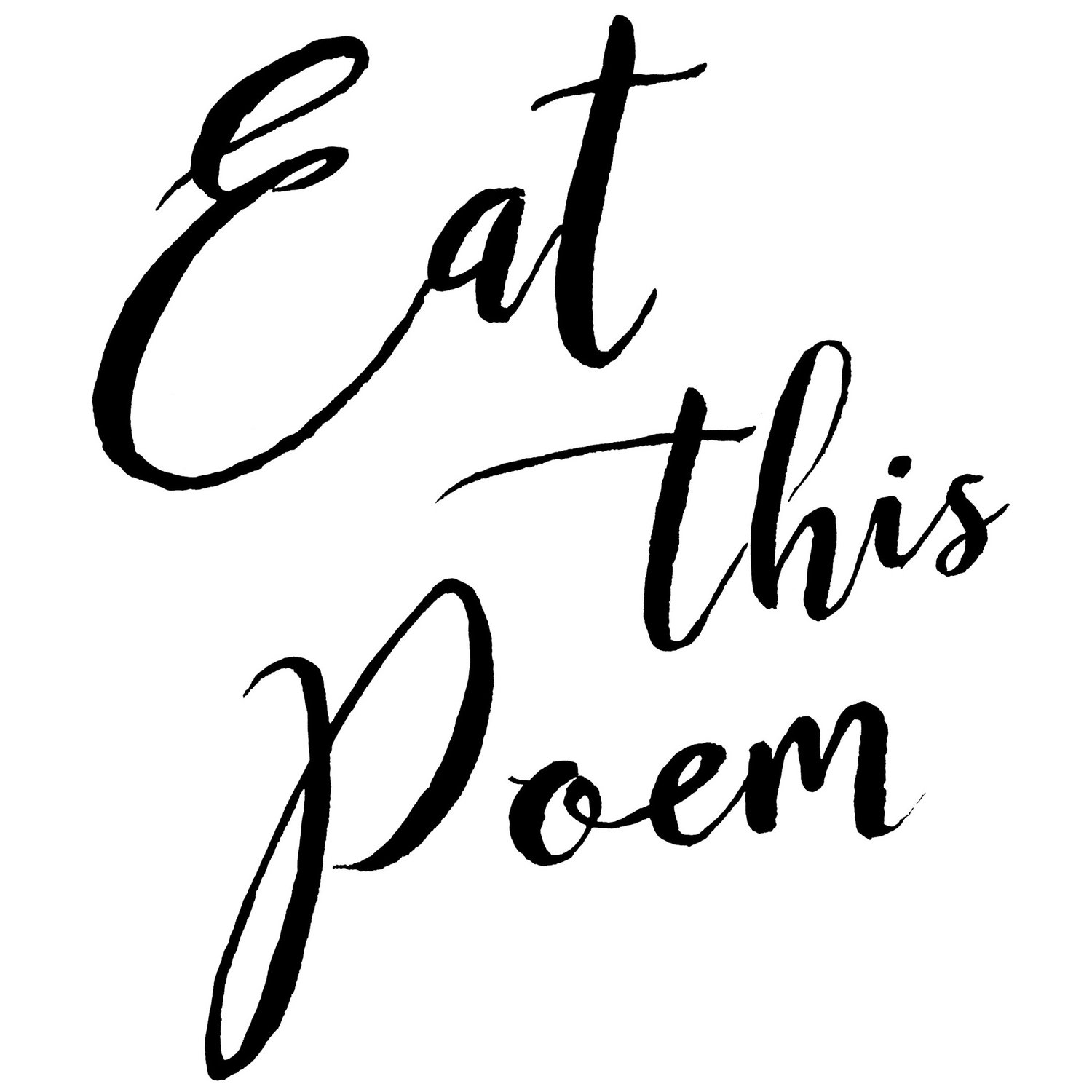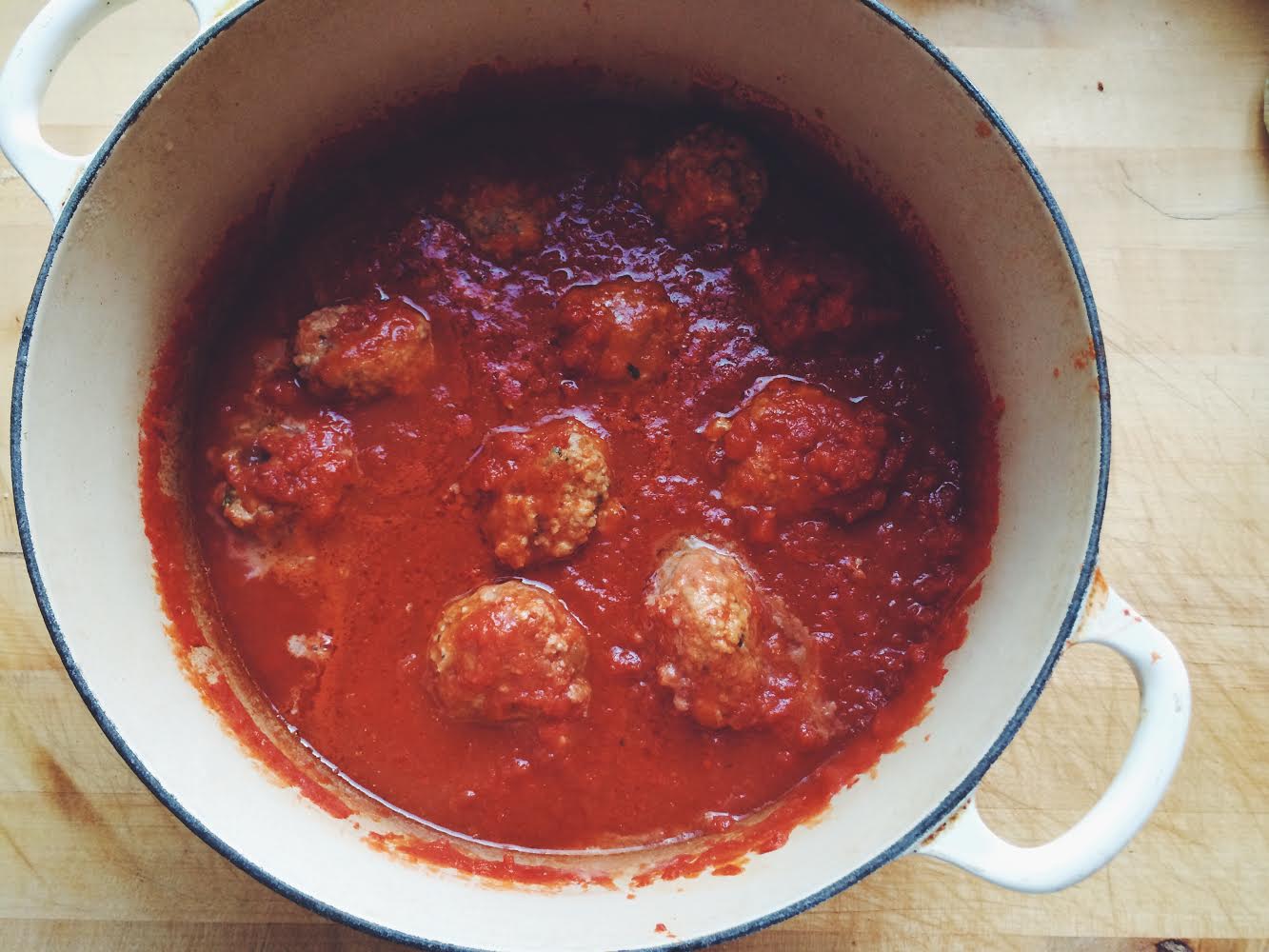Today is Erin's virtual baby shower! A few of us who know and love her decided to shower her with easy vegetarian meals to celebrate the upcoming birth of her baby boy.
It's a strange world we live in sometimes, and it's lucky when those of us who get to know each other online become real life friends, too. Relationships are hard work, wherever they are, and since most of us don't live close by, we supplement with blog reading, email writing, and brief meals whenever we can. I shared one of these meals with Erin last October when she was visiting LA to pick up a very special rocking chair, and I'm so grateful we could catch up in person!
In thinking about an easy vegetarian recipe to share, my mind reached way, way back.
Recently, I've gone on somewhat of a pilgrimage in search of old recipes, the ones I relied on in the early days of learning how to cook. It's very nostalgic now to flip through old meal planning journals, or cookbooks from Giada de Laurentiis, reminding me how uncertain I was at the beginning, and what little strength my intuition had. But I'm grateful for the recipes during this time, because they helped me learn, and helped me trust.
The first year after college, Andrew and I spent a lot of time cooking together. As it happened, my roommate managed a restaurant which kept her gone most evenings, so when Andrew and I both finished work, we would watch Everyday Italian and decide which recipe looked best. Then we'd walk over to Albertson's, buy the ingredients, and follow the recipe.
One recipe I clung to early on was a penne with beef and arugula. What I still love about this dish is the sauce, a combination of tart mustard and balsamic vinegar that makes your mouth pucker a little bit, softened by the salty bite of cheese, peppery greens, and bursting tomatoes. These days I omit the beef (although it's a really wonderful addition when you're feeling like adding it), and add toasted pine nuts for another layer of texture and buttery flavor. Although this isn't a recipe I make as frequently as I used to, it's one I still haven't grown out of, and I like having a few of these recipes around, because it helps me fondly remember where my food journey began.
Early recipes offer the same comfort as poems. Over the course of our lives we cook more recipes and read more poems, but there are always markers that defined something in our lives, like when I read "The Piano" by D.H. Lawrence in 10th grade and started writing poetry, or discovered Elizabeth Bishop in college. It's nice to reflect, to see a bit of your journey in the food you eat and the words you read, offering fuel for what might be around the next turn.
Every now and again we all need some welcome reflection as cooks, as friends, as parents. And so to Erin, I wish you well on this new journey!
PENNE WITH CHERRY TOMATOES AND ARUGULA
Adapted from Giada de Laurentiis
2 tablespoons Dijon mustard
1/4 cup balsamic vinegar
1/3 cup extra-virgin olive oil
1/2 teaspoon salt
Freshly cracked pepper
5-6 large basil leaves, julienned
1 pound penne
2 cups lightly packed arugula
1 pint cherry tomatoes, halved (or quartered if large)
1/4 cup toasted pine nuts
Parmesan cheese, for serving
Whisk the mustard and balsamic vinegar together, then slowly whisk in the oil. Add the salt, a few grinds of freshly cracked pepper, and basil. Stir to combine.
Cook penne until al dente, about 7-8 minutes, in a large pot of salted water. Drain, reserving a bit of the cooking liquid. Pour the sauce over the penne, and add a splash of the cooking water. Stir to combine, then add the arugula, cherry tomatoes, and a small handful of grated cheese. Stir gently, and the heat from the pasta will help wilt the arugula and melt the cheese.
To serve, top bowls with additional cheese and a sprinkle of pine nuts.
Check out all the wonderful recipes from Erin's shower!
The Fauxmartha | A Pasta Dish for Busy Hands
A Couple Cooks | Breakfast Parfait with Roasted Strawberries
Edible Perspective | Avocado Pesto Chickpea Salad Sandwiches
Eat This Poem | Penne with Cherry Tomatoes and Arugula
Cookie and Kate | Brussels Sprouts Pizza
FoodieCrush | Beet, Avocado and Fried Goat Cheese Salad
The Bojon Gourmet | Tempeh BLTs with Avocado + Chipotle Mayonnaise
Girl Versus Dough | Spiced Lentils with Poached Eggs
Dolly and Oatmeal | Chickpea Bean Bowl with Toasted Bread Crumbs and Dill Tahini
Food Loves Writing | Erin’s Veggie Burgers
With Food + Love | Creamy Polenta with Crispy Beets
London Bakes | Ricotta Gnocchi with Wild Garlic and Pistachio Pesto
Flourishing Foodie | Glazed Tofu with Ramen
This Homemade Life | Chickpea Greek Salad
My Name is Yeh | Creamed Spinach
Brooklyn Supper | One-Pot Pasta Primavera














